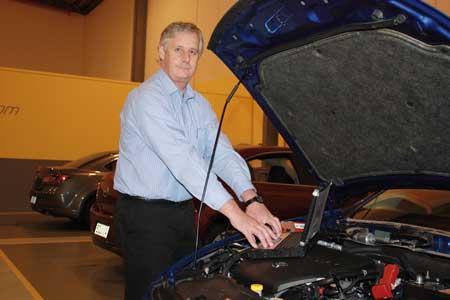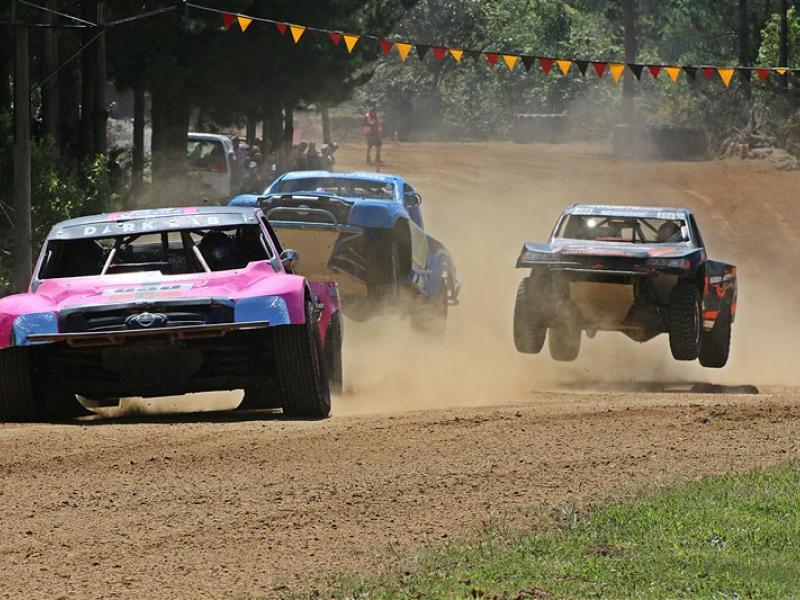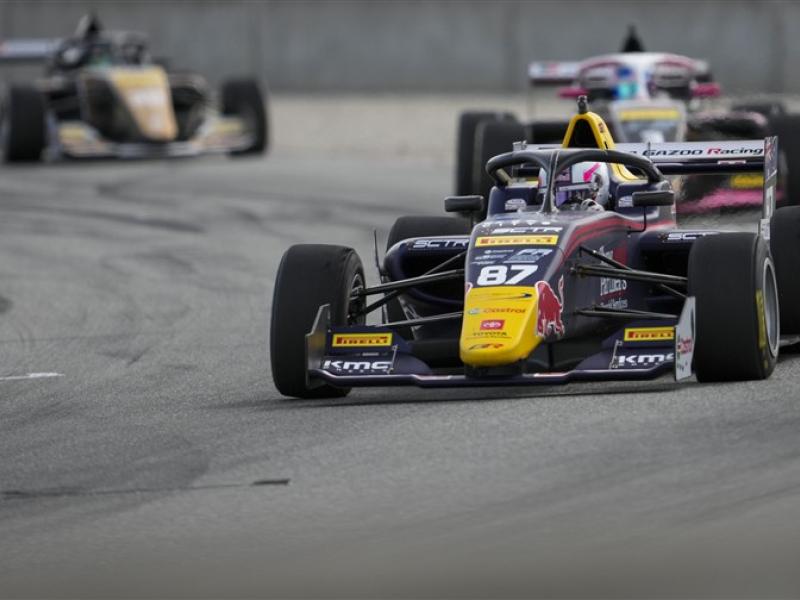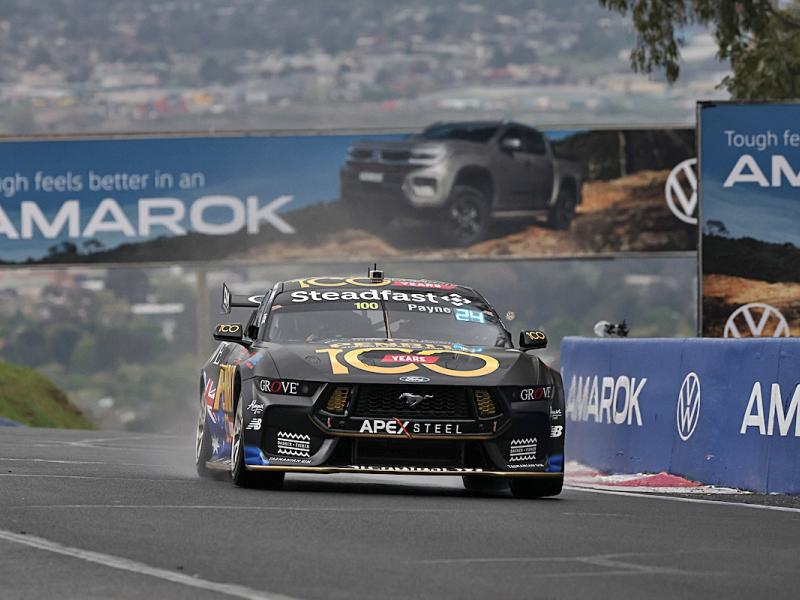| Mazda New Zealand’s national service manager John Van der Velden recently clocked up 25 years of service with the company but his association with the brand goes right back to his apprenticeship. Local vehicle assembly was big business in 1974 when John started his automotive career as an apprentice with Mazda Auto Services which was a division of Christchurch based Amuri Motors who were the Canterbury sales and service agent for the Japanese manufacturer. It was the heyday of the rotary engine, and John became a specialist in rotary engine overhaul for the locally assembled rear-wheel-drive Mazda RX-2 cars and then the imported RX-3, RX-4, RX-5 and the RX-7 sports cars. “The RX-2 was assembled locally up to 1976 then the rotary-engine cars that followed were all imported directly from Japan,” says John. “Any of the early 1970s and 1980s rear-wheel-drive Mazda cars are now worth a few dollars amongst collectors and performance enthusiasts particularly as they are quite rare and hard to find.” The big move north for John and his family came in the early 1980s where he took a mechanics role at Paul Fahey Mazda in St Heliers, Auckland eventually becoming the service manager. Little did he know it at the time but he was destined for greater things and would be one of the many people witnessing a huge change in the automotive landscape from within the motor industry. In 1985 Mazda New Zealand approached John and appointed him as a technical service engineer, then promoted him to technical service manager and then elevated him to his current position of national service manager. Technology in both the cars and the administration of the motor vehicle industry has changed and improved dramatically according to John. “The technology that we had in the office many years ago was incredibly inefficient – all the warranty data was on a card system, we communicated to Japan through a telex machine, and letters were drafted by hand, given to a pool of typists, and often had to be redone two or three times before finally being sent out. We had 100 staff at Mazda New Zealand then, now we have 26.” Mazda New Zealand had two assembly plants – the former Motor Holdings plant in Fort Richard Road, Otahuhu and another site at Sylvia Park Road which now houses the Auckland City Markets. The Otahuhu plant was closed in 1987 and Sylvia Park closed after light commercial assembly was wound down in the 1990s. Mazda combined its passenger vehicle assembly operations with the Ford Motor Company in the late 1980s and the Vehicle Assembly New Zealand (VANZ) plant was created in Wiri, South Auckland. John was responsible for a team of people inside the VANZ assembly plant ensuring that each and every Mazda vehicle coming off the line met strict quality control criteria. The Mazda 323 and Mazda 626 passenger cars were assembled alongside the Ford Laser and Ford Telstar which were in effect cosmetic clones of the Mazda cars. “We had direct input into the vehicle quality and each and every Mazda vehicle coming off was signed off by one of my team members,” he says. This situation remained in place until 1997 when the last locally assembled Mazda 626 rolled off the line and VANZ was closed. The advent of used imported passenger cars in 1987 not only saw new competition for the local assembly industry as buyers flew to Japan returning with “baggage” cars, the service departments of all franchise dealers now had to cope and try to service and repair technology they had never seen before. “The imported second hand vehicles had such technology as electronically controlled carburettors with oxygen sensors and emission systems particularly those on the RX-7 cars that dealership service departments were not used to and had never dealt with before,” says John. “We had a handful of Japanese domestic manuals which of course were all written in the Japanese language and the same with the parts books. |
“So we’d compare the sections and wiring diagrams of the Japanese manual with our English ones and try to identify the technology and where the fault might be. Our colleagues in Japan didn’t understand our need for information about their domestic models so essentially we muddled through as best we could. |






